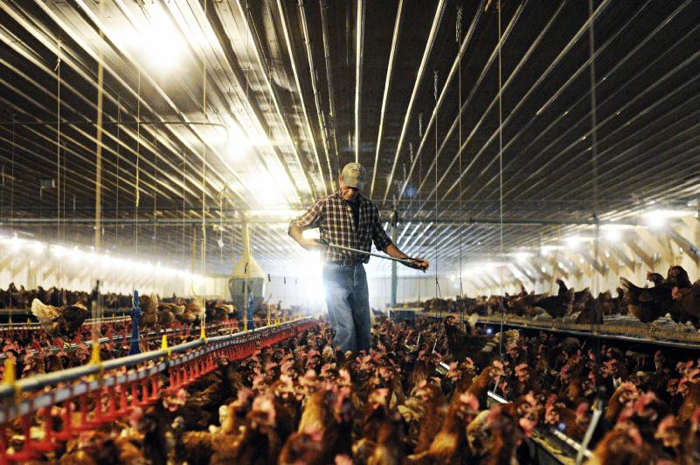Your cart is currently empty!
Tag: Humanely raised chicken
-
Dirt Bath
On a bright sunny day, chickens enjoy having a bath in the warm dirt. They can spend an entire hour rolling around in the dirt, and often they like to do this in small groups. This is behavior that is innate and something they seem to need to do, like pigs needing to wallow in mud.
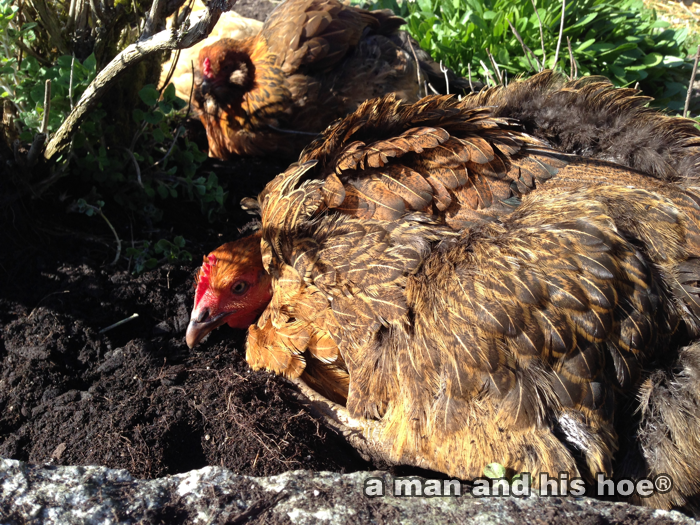
So how do birds in these cage-free “humanely-raised” egg laying operations get to roll around in the dirt in the bright sunshine and fresh air? The next time you buy eggs, ask the grocer if the hens who laid the eggs you are buying, get to spend hours rolling around in the dirt in the afternoon sun.

-
The Importance of Siblings
Next to a mother, siblings are the most important relationships young chickens have. When you go shopping for chicken and eggs, the fact that chickens develop such relationships probably doesn’t cross your mind. But chicks which are raised by their mother, develop strong attachment to their brothers and sisters. So, when their mother leaves them on their own, the siblings stick together. They roost together and roam together.
As they age, their sibling relationships get more complicated. The males and female chicks start to separate, with the males hanging out together, and the females sticking together. It’s only possible for chickens to have these sibling attachments where they are raised by their mothers and have plenty of space to be themselves.



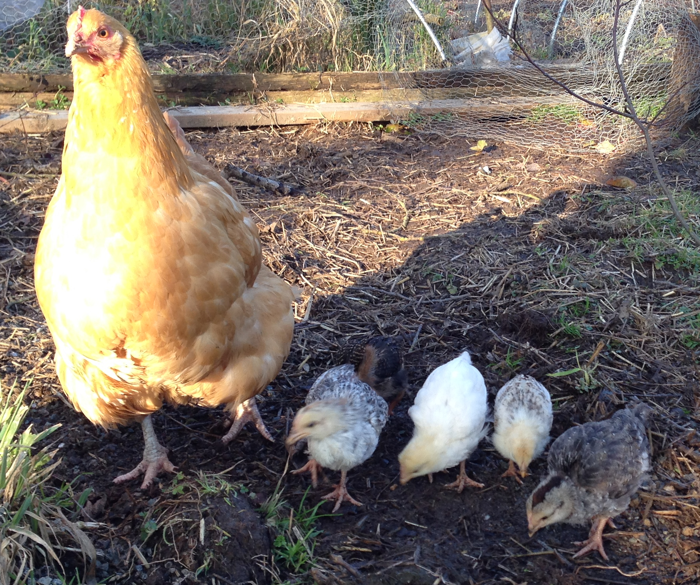
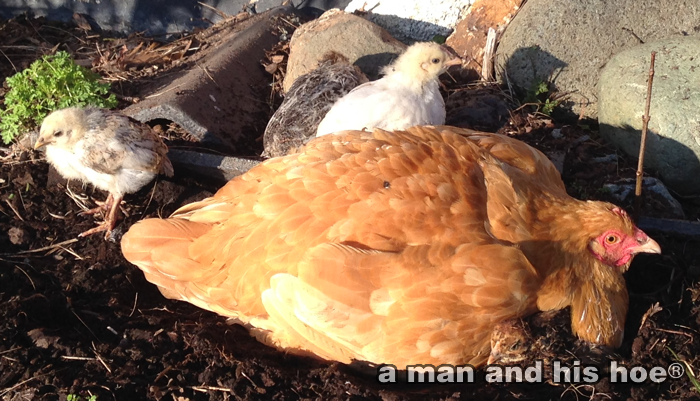
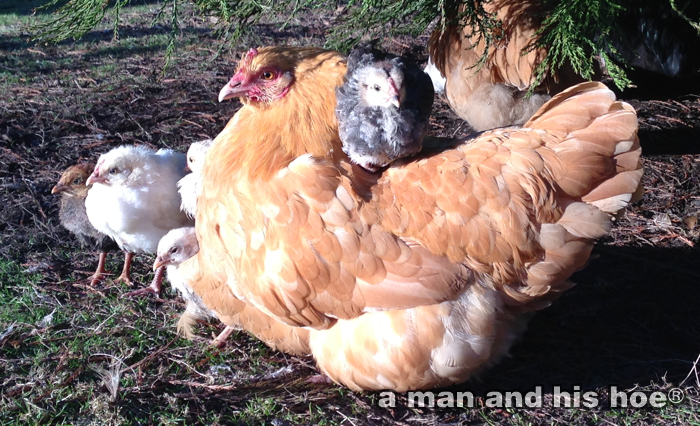





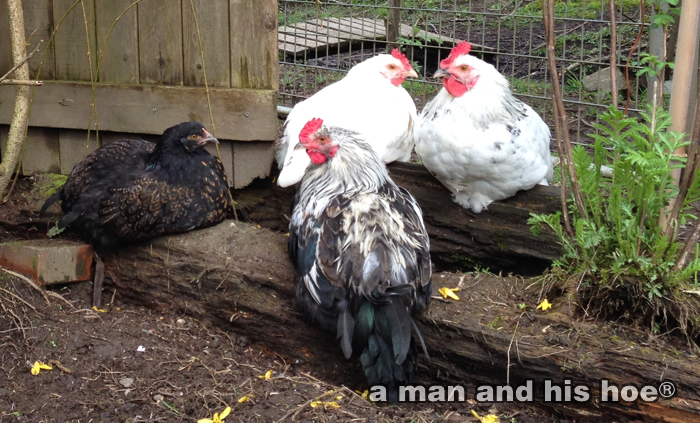
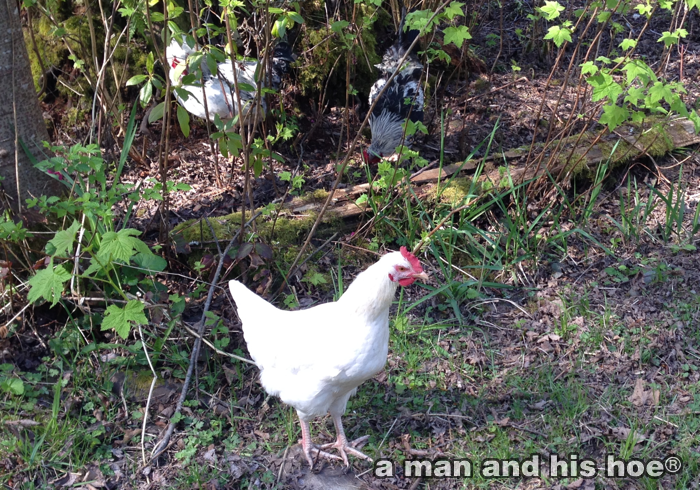
-
An Afternoon by the Pond – Chickens in Paradise
Producing food is all about encouraging life. All kinds of life. And life is beauty, so in a way, producing food is about beauty.
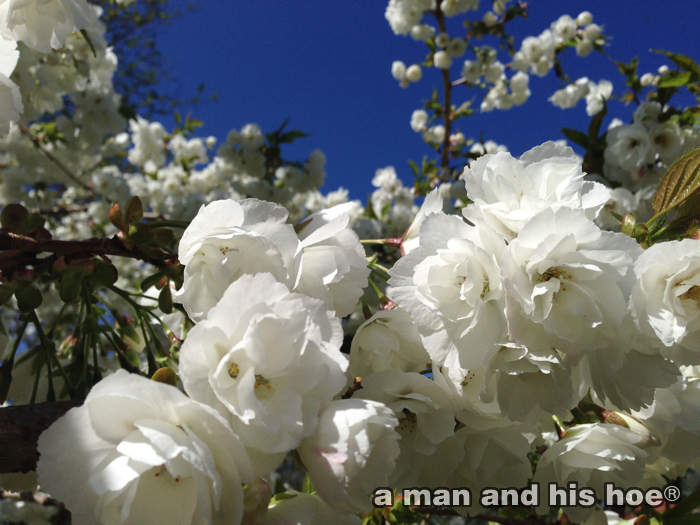

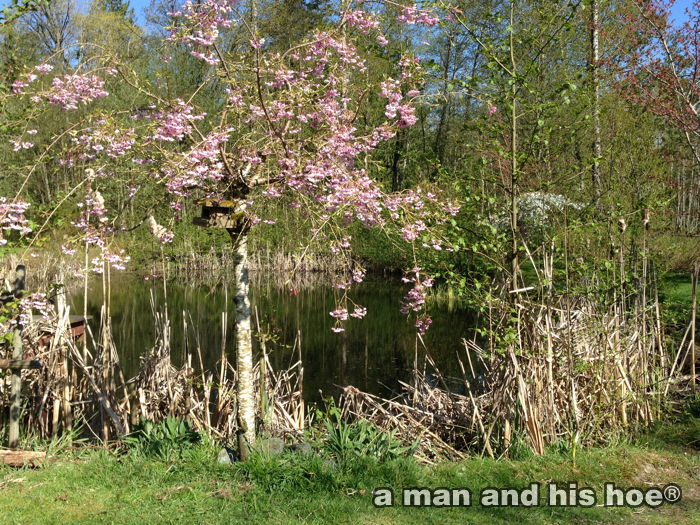
So do you think the chicken you buy, or the hens who lay the eggs you eat, ever get to take a stroll by a pond on a sunny spring day?
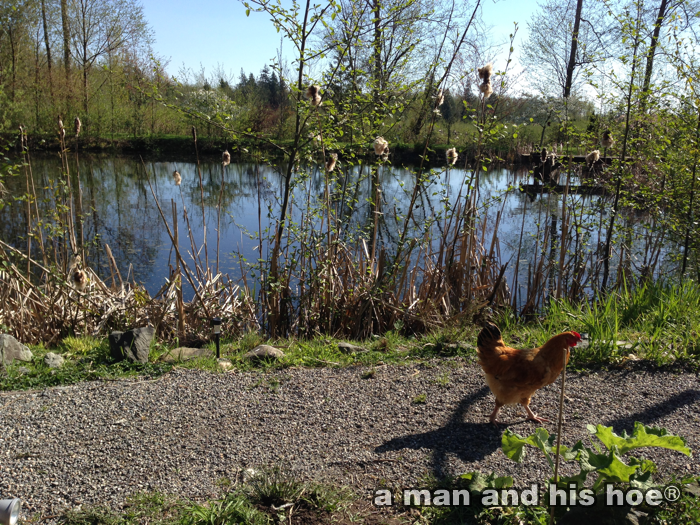

Do you think they ever get to walk along the shore of a pond and dig for things to eat in the mud by the pond? Maybe that should be a requirement for humanely grown chicken, that they have the freedom to go digging for food on the shores of a pond. How close to nature do you want your chickens and egg layers to live? Or has this inconsequential chicken farmer gone mad?
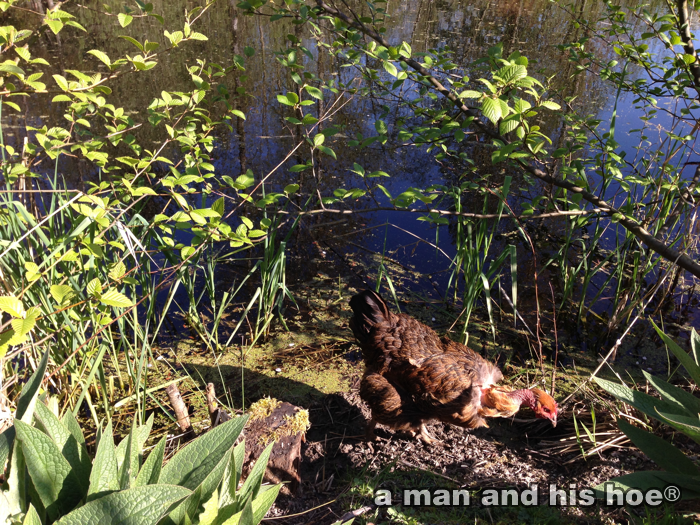
-
Dinosaur Descendants
Scientists since 1870 have speculated that birds descended from dinosaurs. In the Smithsonian Magazine article Dinosaurs’ Living Descendants, Richard Stone writes that there was a lack of evidence until a poor Chinese farmer discovered a fossilized skeleton with a birdlike skull, a long tail and impressions of feather-like structures. This discovery of bird-like dinosaurs helped paleontologists fill in blanks in the fossil record, and have convinced many, that birds descended from dinosaurs.
Which makes me wonder if these dinosaurs were as beautiful as some of the chickens here. The feathers have so many subtle colors, and some have wild patterns that dazzle the eye
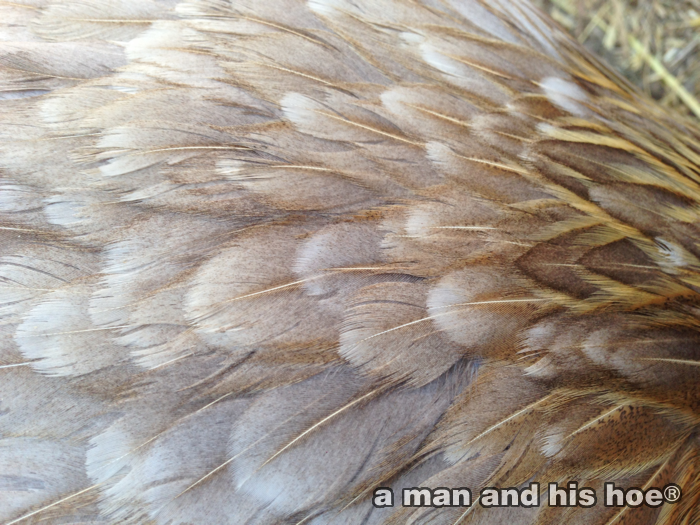
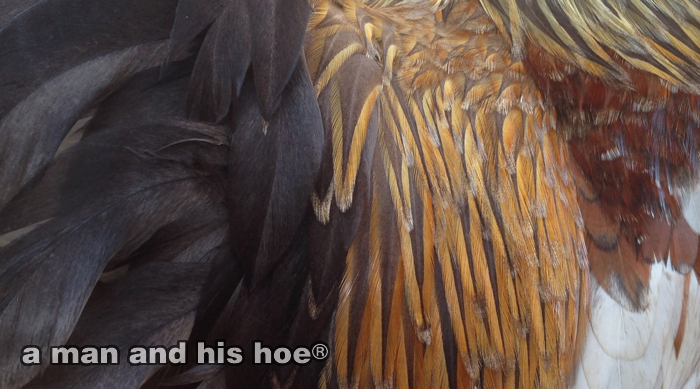
- Origin of Birds – Wikipedia
- Birds: The Late Evolution of Dinosaurs – Natural History Museum of Los Angeles
- The Life of Birds: Evolution – PBS
- Birds and dinosaurs – one of the great fossil connections – The Guardian
- ScienceShot: When Did Feathered Dinosaurs Become Birds? – Sciencemag.org
-
Enjoying the Sunshine
No, there’s nothing wrong with this hen. She’s just stretching to soak up as much sunshine as possible. When hens are out soaking up the sun, they’ll stretch their legs out and contort their bodies into hilarious positions. From what I’ve observed during eight years of keeping chickens is that time out in the sunshine is a necessity. Chickens really need lots of space to lay great eggs, and they need lots of time out in the sun.

So how do hens in a cage-free laying barn like that pictured below get to have their time out in the sun? They don’t, and neither do most of the hens who lay those cage free eggs you see in the supermarkets.
